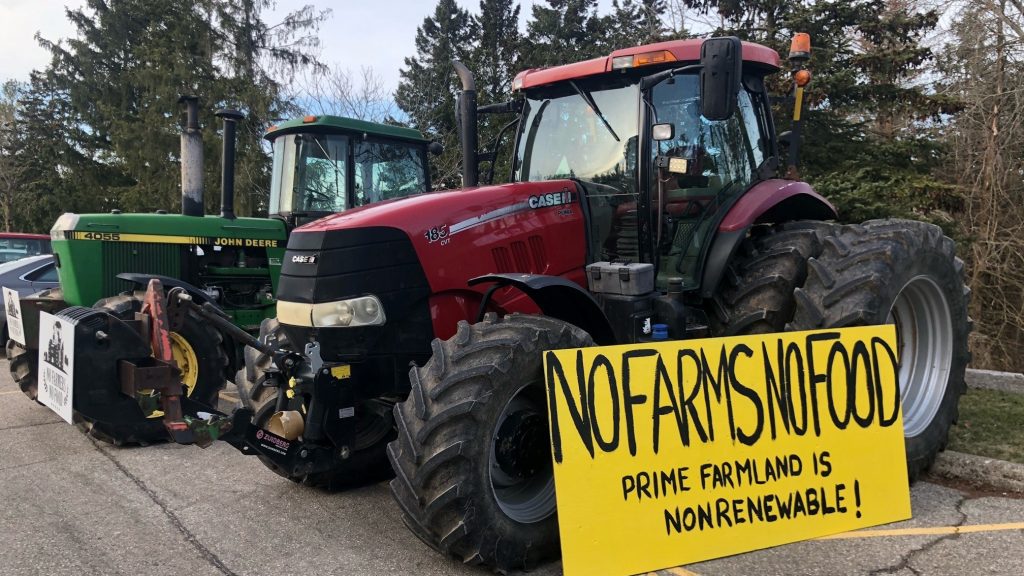Organizing archives is big job at Legacy of the Plains
Posted Feb 15, 2020 01:02:28 AM.
GERING, Neb. — People are familiar with the history inside the exhibit hall at Legacy of the Plains, but few know of shelves, file cabinets and boxes full of frozen moments in time.
“This is my favourite place in the world,” Barb Netherland said, looking around the museum’s archive room.
It’s a little messy right now, she had warned before going in. Inside, shelves go from floor to ceiling, packed full of books and boxes containing photographs, journals and maps, among other things.
“This room is for the paper,” Netherland said, explaining that other types of artifacts are handled by the collection department.
Efforts are underway to reorganize the archive room, cataloging everything they find along the way, according to the Scottsbluff Star-Herald. It hasn’t been easy, she said, pointing to the merging of the Farm and Ranch Museum and the North Platte Valley Museum that resulted in Legacy of the Plains in 2013.
“We combined two museums with huge archives,” said Netherland, the former director of NPVM who volunteers regularly at Legacy. “That’s been a challenge.”
In addition to the archives that came with each of the museums, Legacy gets donations of historical documents and collections fairly regularly.
There’s the A.B. Wood Collection, featuring bits and pieces from the life of the state legislator and founder of the Gering Courier.
There’s the Henderson Collection, which consists of more than 100 boxes of slides, maps, photos, manuscripts, and more than 300 pioneer diaries, guides, journals and letters.
“That was about a five year indexing project,” Netherland, who was fascinated by the content in the Henderson boxes, said.
The archive houses files upon files containing information about local communities, major events such as the Blizzard of 1949 and Arnold murder trial, schools and civic groups such as Hiram Scott College and the Rebekahs, as well as an endless list of other topics like early agriculture, P.O.W. camps and Bisterfeldt potato cellar archaeology.
“It might be about a person, it might be about a business or an event like the Soap Box Derby,” Netherland said as she thumbed through folders inside a filing cabinet.
There are rare publications, such as irrigation maps, catalogues, vintage magazines and farm equipment manuals.
“We have manuals for old tractors,” Netherland said. “So if somebody needs to fix an old tractor, we can help.”
“A lot of those aren’t online,” Legacy’s executive director Dave Wolf said. “It can be really hard to find that stuff, but we have it.”
Through the reorganization process, scans of documents and photos are made as often as possible, duplicate items are recorded, and some items are transferred to other museums with the donor’s permission.
The ultimate goal, though, is to make the history housed at the museum more accessible to everybody.
“We have such amazing stuff,” Wolf said. “My vision is to become this regional hub for stuff like this.”
He wants Legacy to be a place where children can learn about primary and secondary sources, and adults can research their family’s history. He wants people to be able to get lost in the history that created the world around them.
“History is happening every single day,” Wolf said, adding that while the archives contain very old documents there are items that go all the way up to the current year.
Volunteers are always needed at the museum, with those who help with the archives generally gathering at Legacy around 9:30 a.m. on Wednesdays.
The archive room itself is not open to the general public, but anyone can request the resources that are inside. Of those who have gone into the archive room during Wolf’s time as director, none have come out without finding something that interested them, he said.
“This is the hidden gem,” Wolf said. “We just have to polish it a little.”
Kamie Stephen, The Associated Press










